A Hopkins-led team [BSEC] says better climate modeling and data can help Baltimore weather a hotter, stormier future
Originally published in Johns Hopkins Magazine.
If you were to stand at the intersection of Maryland Avenue and West 24th Street in Baltimore’s Old Goucher neighborhood and travel back in time 10 years, you would probably be shocked at the transformation. Back then, pavement blanketed the neighborhood. Of the few trees growing along streets, many were sickly or misshapen. Concrete, asphalt, and buildings soaked up the sun’s rays in summer to create a sweltering heat island, sending temperatures soaring up to 10 degrees above those of surrounding areas. Heat is a “silent killer,” researchers say, and can be especially dangerous for older and vulnerable people who are unable to escape into air-conditioned spaces. Old Goucher had a particularly susceptible population: people who came to be treated at the area’s methadone clinics.
Today, Old Goucher is verdant—an increasingly lush oasis amid the concrete jungle. Streets are lined with trees and understory vegetation. Islands of soil have been carved out of sidewalks. Along one block, more than 100 tons of asphalt and concrete were jackhammered and trucked away, replaced by an exuberant if somewhat unruly garden. When people enter the neighborhood, “they feel better,” says Kelly Cross, a resident and president of the Old Goucher Community Association. “It feels somehow different. They can’t put their finger on it. But we know why.”
Cross and his husband, Mateusz Rozanski, who moved here in 2012, have catalyzed much of the change. They simply wanted to make their neighborhood more livable, and they say the greening has helped attract new coffee shops, bars, and restaurants.
But in the era of global climate change, their work is about to take on much broader significance. Old Goucher has become a key site for one of the best-funded equity-focused urban climate research efforts ever undertaken.




